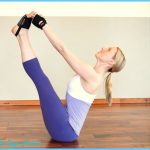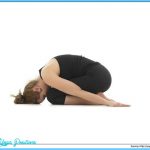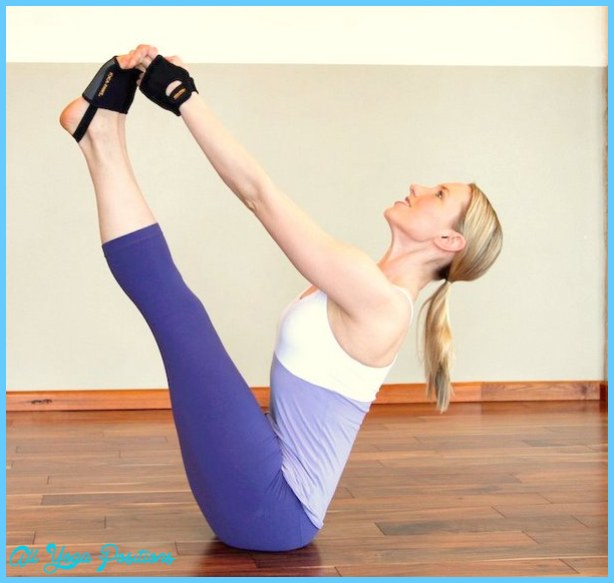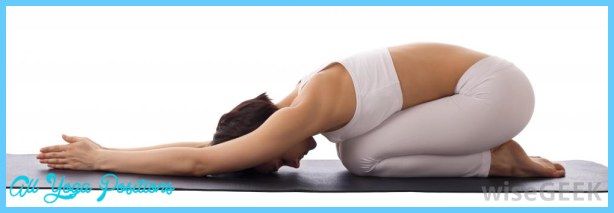You are now deeply into your self-selected relaxation programme and well on the way to learning the basic relaxation techniques. At the heart of it all is, of course, the even pendulum type of breathing. If you are in any doubt over the technique reread Day Two, for without pendulum breathing the relaxation response is very difficult to experience.
By now you will have realized that we are using relaxation techniques as a trigger process that programmes your whole being towards the state of natural relaxation – the very opposite to the get up and go feeling. Both of these body states are entirely normal, natural and necessary. The pace of life in the latter part of the 20th century, however, has deemed it necessary for most of us to have to relearn how to relax.
At this stage of the 10-day plan you will probably be getting to know which of the very varied relaxation techniques suits you best, and for the rest of the time you will be refining your self-selected course to meet your needs. Although you should always concentrate on the areas that you have experienced difficulty with during your training, because we are all so different you should also consider rejecting unhelpful exercises. If it seems that your group does not suit you in one area, then by all means stray into another one. Something there may build itself into your own pattern of relaxation.
Again I stress that it is important at this stage actively to select and refine, as well as to try to master the more difficult areas. Remember that for relaxation to be of lifelong use to you, you have got to take unto yourself a quick and efficient technique that you can turn to – and switch on, as it were – at the drop of a hat whenever stress and tension start to disturb you. At the moment you are still learning, so half an hour once or twice a day is necessary to establish a pattern. As you proceed you may find that one particular exercise or technique may ‘turn you on’ as far as the relaxation response is concerned. If it does, that’s fine. Return to it. It is the key for you.
Start by reconsidering the relationship between the relaxed muscle and the relaxed self. Most of the therapeutic (medical) uses of the muscle relaxation technique have concentrated on the fact that both emotional disturbances and bodily symptoms of anxiety are accompanied by excess muscle tension. Even our language reflects this and we talk of so and so being tense or ‘twitchy’. This book moves you a pace or so away from this concept and teaches prophylactic procedures to prevent symptoms being manifest.
Signs of excess muscle tension can be seen in the wrinkled forehead, the crossed brows, eyelids that twitch. When a doctor tests the reflexes of such a person, these are accentuated and extra brisk. A tense person can lie in bed apparently still and tranquil -especially if he is taking tranquillizers – and yet be as tense as a finely-tuned violin string. Not until unconsciousness supervenes – say, as a result of an anaesthetic or deep sleep – does he truly relax.
The method of pendulum breathing that you have learned, together with a planned programme of muscle relaxation, can produce complete relaxation without any dimming of your consciousness. In such a relaxed state emotional disturbances cannot bother you. Of course you will not want to spend any substantial part of your time in this relaxed state, but it is possible to learn to switch into relaxation at will to cope with tension in all its forms. It has been shown that the relaxation response is very powerful medicine. In the doses you are receiving it can only do good. Pressed to excesses – maybe to deep relaxation practised for several hours at a time each day – it has been known to produce hallucinations.








